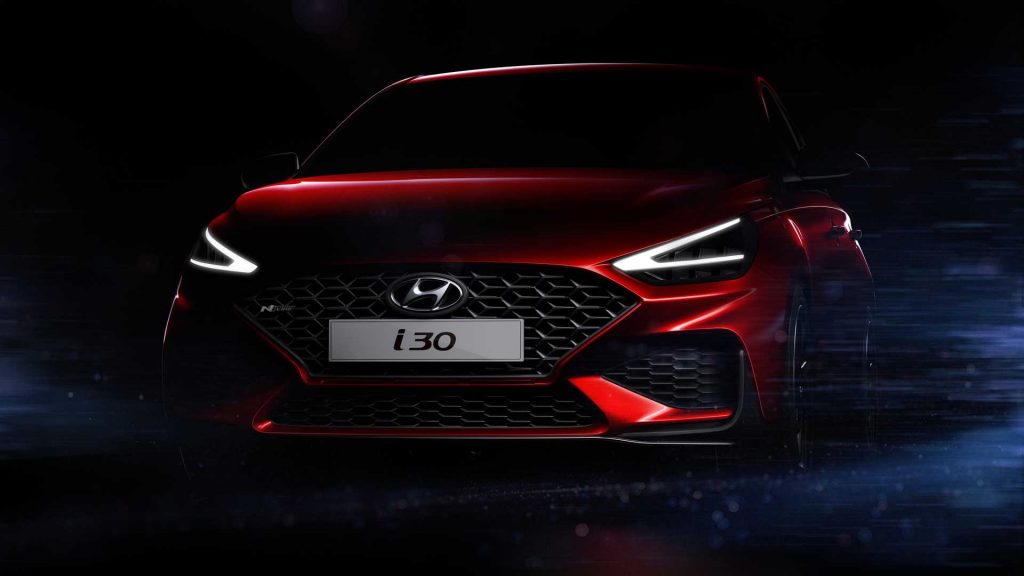South Korean cars have recently been hailed as “hot property” – with vehicles from Hyundai as well as its automotive brands Kia and Genesis having been specifically cited in an especially enthusiastic article on the This is MONEY.co.uk website.
It, therefore, seems fitting that – as Hyundai itself explains on its Newsroom site – the name ‘Hyundai’ essentially says ‘modern times’, having been derived from the Korean words ‘Hyun’, meaning ‘modern or ‘present’, and ‘Dai’, a reference to ‘era’ or ‘generation’.
The name reflects Hyundai’s historical dedication to remaining at the cutting edge of the automotive industry – but how has it reached this point since the brand was first established decades ago?
A sleeping giant was born in the wake of World War II
Though Hyundai Motor Company was not founded until 1967, the history of Hyundai as a brand can be traced back to 1947, when Chung Ju-Yung incorporated the Hyundai Engineering and Construction Company to help war-torn South Korea rebuild itself.
However, as Korea was again invaded in 1950, Ju-yung was unable to establish Hyundai Motor Company until 1967 – by which time, he was based in Busan and “working with whatever manufacturing materials he could get his hands on”, as Money Inc explains.
The following year, the company finished building its Ulsan assembly plant and used it to manufacture the Cortina in partnership with Ford Motor Company. The Cortina’s commercial success inspired Hyundai to develop its own car – and a special team was soon put together for the task.
The Hyundai Pony gallops to international success
George Turnbull, formerly Managing Director of Austin Morris at British Leyland, joined Hyundai in February 1974 and immediately recruited six European chief engineers. This team created the Pony, a compact rear-wheel-drive automobile that was also the first mass-produced South Korean car.
After first reaching the market in December 1974, the Pony established itself as Hyundai’s flagship vehicle for many years. The Pony was exported to Chile, Argentina, Colombia and Egypt in 1976, Belgium and the Netherlands in 1978 and the United Kingdom in 1982. Hyundai cars remain widely available in the UK, including car competitions.
How Hyundai’s green reputation has improved over the years
For many years, Hyundai was barred from selling the Pony in the United States, as it did not meet the country’s emission standards. However, in 1986, Hyundai released the Pony Excel, a front-wheel-drive car that did meet US emission standards, allowing it to be sold stateside. In the US, it subsequently sold 168,000 units in just a year, setting an all-time record in the process.
In the 1990s, Hyundai introduced many other popular car models – including the Accent, Dynasty and Tiburon. The brand also unveiled its first pure electric car – the Sonata Electric Vehicle prototype – in 1991 and the hybrid electric FGV-1 in 1995.
The hybrid electric Sonata debuted at the 2008 Los Angeles International Auto Show, and Hyundai further strengthened its green credentials in 2013 by introducing the ix35 Fuel Cell, the world’s first commercially mass-produced hydrogen fuel cell vehicle.

